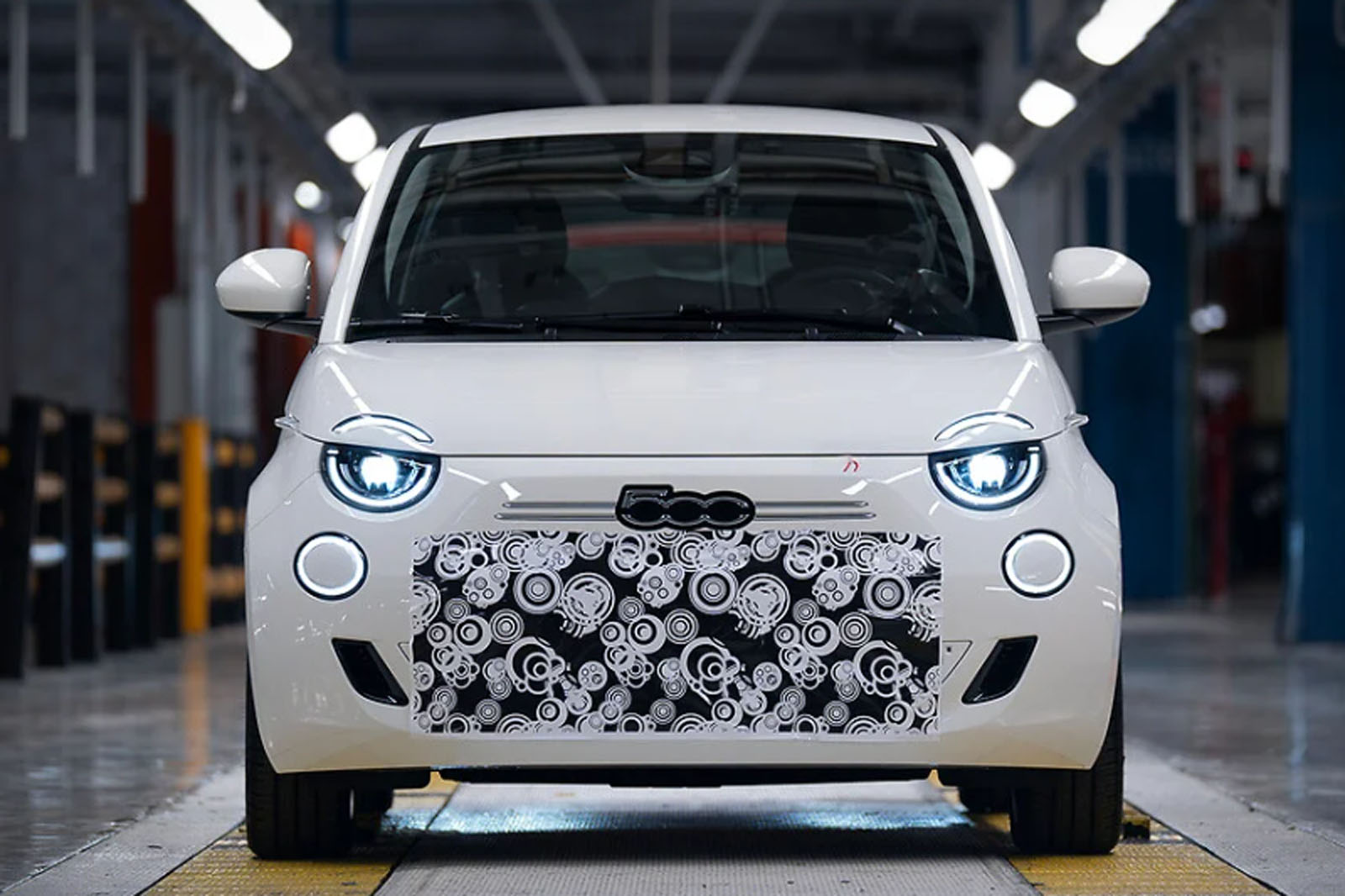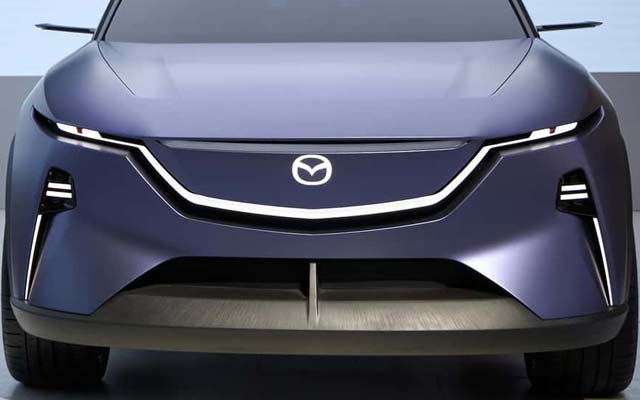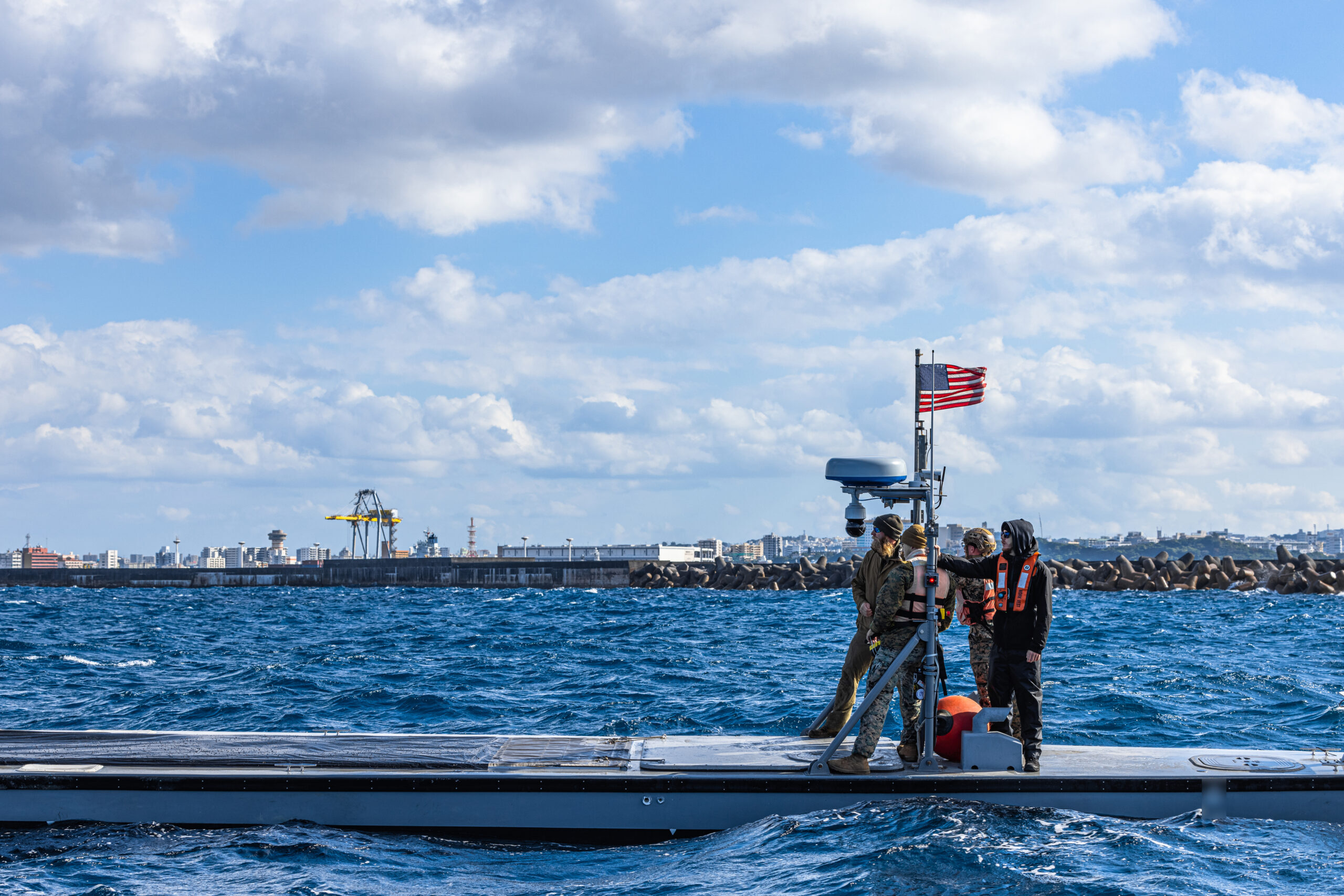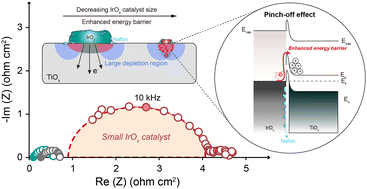How replaceable is China?
Shipping is ramping in parts of southern Asia as companies scramble to keep a buffer on inventories. How sustainable and effective is this strategy, and will it substantially mitigate the influence of prohibitive tariffs on China? The post How replaceable is China? appeared first on FreightWaves.

Chart of the Week: Inbound Ocean TEUs Volume Index China, Vietnam, India, and Thailand to USA SONAR: IOTI.CHNUSA, IOTI.VNMUSA, IOTI.INAUSA, IOTI.THAUSA
The Inbound Ocean TEUs Volume Index (IOTI) — an index tracking bookings of twenty-foot container equivalents on a 14-day moving average — showed a 22%–25% annual decline in volume out of China last week. Meanwhile, countries like Vietnam, Thailand and India experienced increases of similar magnitude. But is this shift a sustainable strategy, and can it truly replace Chinese production?
Reports suggest that a significant portion of these imports are actually Chinese goods relabeled as originating in Vietnam — a tactic the Trump administration is unlikely to overlook. This raises the question not of if, but when action will be taken to curb this practice, potentially impacting companies that legitimately source from these regions.
Since the COVID-19 pandemic, many companies have been relocating production to Southeast Asian countries to mitigate geopolitical and supply chain risks associated with overreliance on China. These countries offer abundant cheap labor and relatively relaxed regulatory environments, making them attractive manufacturing alternatives.
While this article primarily addresses the economic aspects of production shifts, it’s important to acknowledge the humanitarian and environmental concerns that underpin why such manufacturing hasn’t historically occurred closer to home.
How fungible is Chinese production?
In terms of short-term substitution, Southeast Asia offers the most capacity, thanks to existing infrastructure investments. However, that does not mean these countries can fully replace the volume lost to tariffs.
According to IOTI data, China accounted for as much as 44% of total TEU bookings for oceangoing goods to the U.S. at this time last year. That share has now fallen to 37%. Conversely, Vietnam, Thailand and India jointly increased their share from 16% to 21% over the same period.
However, percentages can be misleading. Starting from a lower base can exaggerate perceived growth. In May of last year, China’s IOTI value stood at 833, while the combined total for Vietnam, Thailand and India was just 310. While their collective index has grown by 63 points to 373, China has seen a decline of 183 points. In effect, the three countries with the greatest potential to replace Chinese production — and likely involved in some level of “scrubbing” Chinese goods — have only managed to offset about 7% of China’s production level from a year ago.
This is, of course, a high-level assessment that overlooks many production nuances. Not all manufacturing can be easily relocated after decades of development and specialization. Cheaper goods like apparel and toys tend to grab headlines, but critical components essential to domestic manufacturing often go unnoticed.
Too soon to tell
On the May-cember episode of Freightonomics, Zac Rogers, associate professor of supply chain management and co-author of the Logistics Managers’ Index, noted that many upstream firms are reporting stagnation or deterioration in activity and inventories. These are manufacturers and wholesalers far up the supply chain, and their impact on downstream retailers has yet to materialize.
So far, inventory buffers have cushioned much of the tariff impact. Container imports into Los Angeles and Long Beach showed strong growth in April, likely reflecting a surge in orders pulled forward in March and early April.
However, early May has seen sharp drop-offs in container volumes. While it’s difficult to draw firm conclusions from just over a week’s worth of data — especially given erratic port operations and probably administrative confusion — the decline in upstream booking volumes paints a bleak picture for the remainder of the month.
Production from other countries may help mitigate the effects, but it won’t fully replace China’s role. The impact of tariffs will likely take time to unfold and will vary across industries. Fortunately, food and energy are largely domestic sectors, which should help keep aggregate inflation in check — though it won’t eliminate inflationary pressures entirely.
About the Chart of the Week
The FreightWaves Chart of the Week is a chart selection from SONAR that provides an interesting data point to describe the state of the freight markets. A chart is chosen from thousands of potential charts on SONAR to help participants visualize the freight market in real time. Each week a Market Expert will post a chart, along with commentary, live on the front page. After that, the Chart of the Week will be archived on FreightWaves.com for future reference.
SONAR aggregates data from hundreds of sources, presenting the data in charts and maps and providing commentary on what freight market experts want to know about the industry in real time.
The FreightWaves data science and product teams are releasing new datasets each week and enhancing the client experience.
To request a SONAR demo, click here.
The post How replaceable is China? appeared first on FreightWaves.


















































































































































